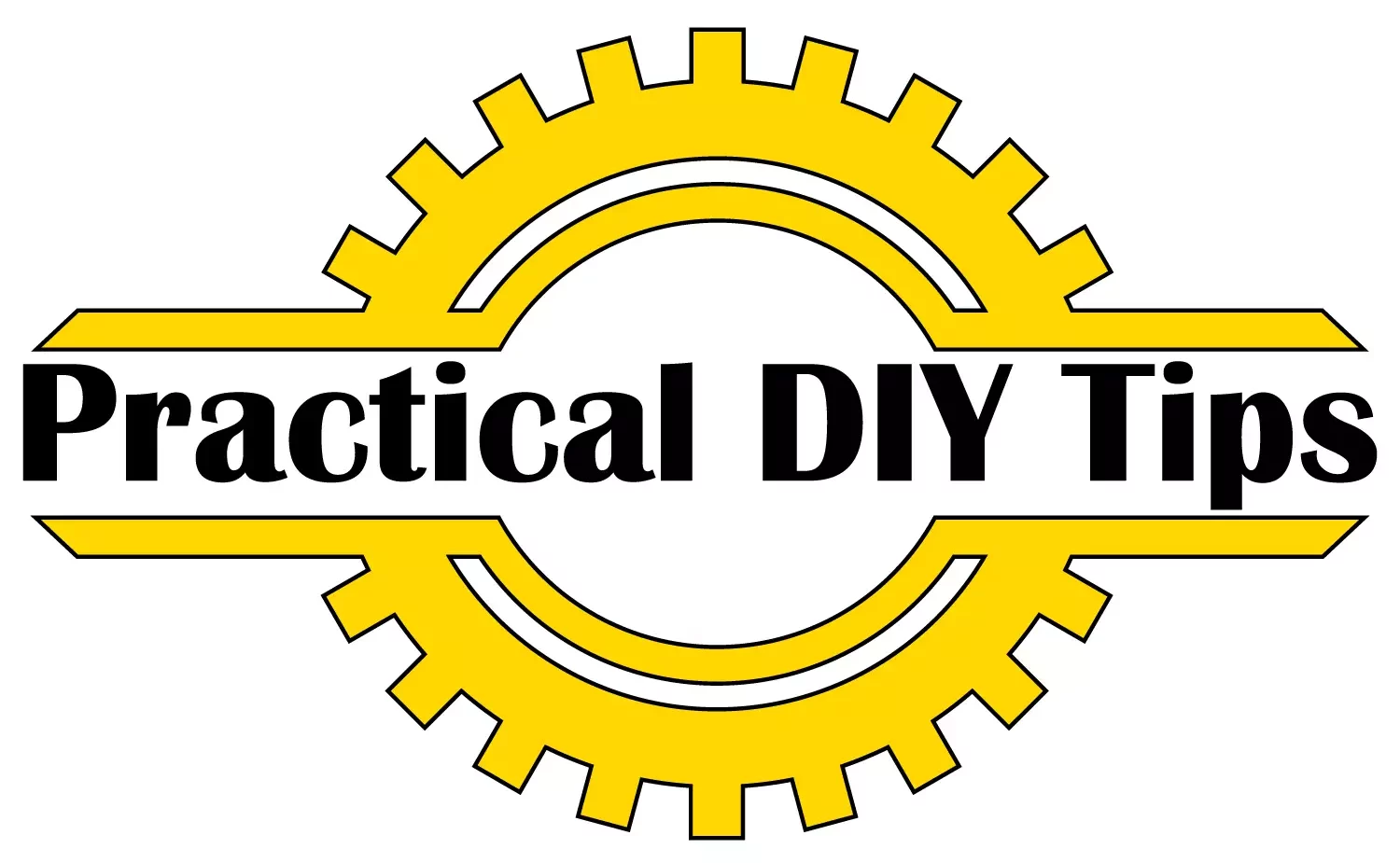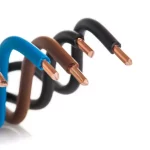Did you know that upgrading the tank on your air compressor can greatly enhance its performance?
Before you make the switch, there are a few factors to consider.
First, ensure that your compressor can handle the added weight and that the inlet and outlet sizes are compatible. Consulting with the manufacturer is always a smart move to select the right motor and pump.
You may even opt to purchase a separate tank instead of replacing the entire machine.
In this article, we will explore the benefits and considerations of putting a bigger tank on your air compressor.
Key Takeaways
- Ensure the compressor is rated to handle the increased weight
- Check if the inlet and outlet sizes are compatible with the larger tank
- Consult with the manufacturer for guidance on selecting the right motor and pump
- Consider purchasing an air compressor tank instead of replacing the entire machine
Factors to Consider Before Upgrading Your Air Compressor Tank
Before considering upgrading your air compressor tank, it’s important to take into account various factors that can impact its performance.
Increasing the tank capacity can offer several benefits. Firstly, it allows for a larger storage capacity of compressed air, ensuring a longer operating time before needing to be refilled. This can greatly enhance productivity, especially for tasks that require a continuous supply of compressed air. Additionally, a larger tank size can improve the efficiency and performance of high CFM use tools, allowing for more effective and efficient work.
When selecting a larger air compressor tank, there are a few factors to consider. Firstly, ensure that the compressor is rated to handle the increased weight of the larger tank. Check if the inlet and outlet sizes are compatible with the new tank, and consult with the manufacturer for guidance on selecting the right motor and pump. It’s also worth comparing the cost effectiveness of upgrading the tank size versus purchasing a new compressor altogether. Upgrading the tank can be a more affordable option, especially if the existing compressor is in good condition.
Furthermore, auxiliary tanks can be used to enhance the performance of air compressors. These additional tanks can increase the overall storage capacity of compressed air, providing a solution for situations where the compressor alone lacks sufficient air supply. This can be particularly useful for tasks that require occasional blasts of high-pressure air. Adding an auxiliary tank is a cost-effective alternative to upgrading to a full-size unit, allowing for increased air capacity when needed while still utilizing the existing compressor for normal use.
Measuring and Judging the Capacity of a Bigger Air Compressor Tank
Measuring and judging the capacity of a larger air compressor tank can be done using a measuring gauge. This allows you to optimize the tank capacity and ensure the efficiency of larger tanks. The capacity of a tank is typically measured in gallons per minute, and manufacturers calculate it as cubic feet per gallon. To give you an idea of fill times for different tank sizes, here is an approximate breakdown:
| Tank Size | Fill Time |
|---|---|
| 2.5-gallon | 3 minutes |
| 5-gallon | 6 minutes |
| 10-gallon | 12 minutes |
| 20-gallon | 24 minutes |
These fill times can help you determine the refill speed based on the size of the tank. It’s important to consult the manufacturer for specific tank capacity information and follow their recommendations for tank size. While larger tanks can hold more compressed air and allow for longer operating time before needing to be refilled, it’s crucial to consider the impact on productivity. If the tank is too large, it may take longer to fill, which can affect your overall productivity. So, finding the right balance between tank size and required pressure is key.
Understanding the Relationship Between Tank Capacity and Pressure
Larger tanks can hold more compressed air and allow for longer operating time before needing to be refilled. However, it’s important to consider the balance between tank size and required pressure.
Here are some key points to understand the relationship between tank capacity and pressure:
- Tank size vs. motor power: When selecting a larger tank, it’s crucial to ensure that your air compressor is rated to handle the increased weight. Consider consulting with the manufacturer for guidance on selecting the right motor and pump to match the tank size.
- Impact of tank size on productivity: While larger tanks offer the benefit of longer operating time, they can also impact productivity if it takes longer to fill. Consider the approximate fill times for different tank sizes to determine the refill speed based on your needs.
- Benefits of larger tanks: Larger tanks provide the advantage of increased storage capacity, allowing for completion of tasks that a smaller tank may not be able to handle. They also enhance efficiency and performance, especially when using high CFM tools.
Exploring Pipe Size and Material Selection for Air Compressor Lines
Using the right pipe size and material is essential for optimal airflow in air compressor lines. When it comes to selecting the material for your air compressor pipes, there are various options to consider. One popular choice is PVC pipes, which offer advantages such as affordability and ease of installation. However, there are also some drawbacks to using PVC pipes in air compressor lines. They can be more prone to cracking or breaking under high pressure, and they may not be as resistant to certain chemicals or temperatures. Another important factor to consider is the impact of pipe insulation on air compressor efficiency. Insulating the pipes can help prevent condensation and heat loss, improving the overall performance of the system.
In addition to choosing the right material and insulation, selecting the appropriate fittings is crucial for proper air compressor pipe installation. The fittings connect the pipes and ensure a secure and efficient airflow. It’s important to consider factors such as compatibility, durability, and ease of installation when choosing fittings.
Another material option to evaluate is stainless steel pipes. Stainless steel pipes offer benefits such as corrosion resistance, high strength, and durability. They can withstand high pressure levels and provide a smooth surface for efficient airflow. However, they may be more expensive compared to other materials.
To optimize air compressor performance, pressure regulators play a vital role. Pressure regulators help maintain a consistent pressure level in the system, preventing damage to equipment and ensuring efficient operation. They allow you to adjust the pressure to match specific requirements, improving overall performance and energy efficiency.
In conclusion, when it comes to air compressor pipe selection, it’s important to consider the pros and cons of different materials, the impact of insulation, the right fittings, the benefits of stainless steel pipes, and the role of pressure regulators. By making informed choices in these areas, you can ensure optimal airflow and maximize the efficiency of your air compressor system.
| Pipe Material | Pros | Cons |
|---|---|---|
| PVC | Affordable, Easy to install | Prone to cracking under high pressure, Limited resistance to certain chemicals or temperatures |
| Stainless Steel | Corrosion resistant, High strength, Durable | More expensive compared to other materials |
| Copper | Resistant to corrosion, High thermal conductivity, Easy to install and maintain | More expensive compared to PVC, Limited availability in larger sizes |
Frequently Asked Questions
What are the benefits of putting a bigger tank on my air compressor?
Adding a bigger tank to your air compressor offers several benefits. It provides you with a larger storage capacity for compressed air, allowing you to run air tools for a longer duration without interruption. It also helps in reducing the duty cycle of your compressor, as it doesn’t need to run as frequently to maintain the desired air pressure. This results in less wear and tear on the compressor motor and improved overall efficiency.
How does the size of the tank affect the performance of my air compressor?
The size of the tank affects the performance of your air compressor in terms of the amount of compressed air it can store. A larger tank means more air storage capacity, which can be beneficial when using air tools that require a continuous air supply. It helps to maintain a steady air pressure and allows the compressor to recover quickly after using high-demand tools.
What factors should I consider when choosing a bigger tank for my air compressor?
When choosing a bigger tank for your air compressor, consider the available space for installation, the compressor’s capacity to fill the tank, and the air consumption of your tools. Additionally, consider the maximum pressure rating of your compressor and make sure the new tank can handle it. It’s also important to ensure that the fittings and connections of the new tank are compatible with your existing air system.
Can I put a bigger tank on my portable air compressor?
Yes, you can put a bigger tank on your portable air compressor, but it’s important to consider the weight and portability of the unit. Adding a larger tank may increase the overall weight and size of the compressor, making it less convenient for transportation. Ensure that the portable compressor can handle the additional weight and that it remains easy to carry and maneuver.
Conclusion
So, can you put a bigger tank on your air compressor?
Absolutely! But before you make the upgrade, there are a few factors to consider.
Make sure your compressor can handle the increased weight and that the inlet and outlet sizes are compatible.
Consult with the manufacturer to choose the right motor and pump.
Measuring the tank capacity is essential, and don’t forget about the balance between tank size and required pressure.
Consider using copper pipes for your compressor lines and think about adding an auxiliary tank for even more benefits.
So, are you ready to take your air compressor to the next level?







